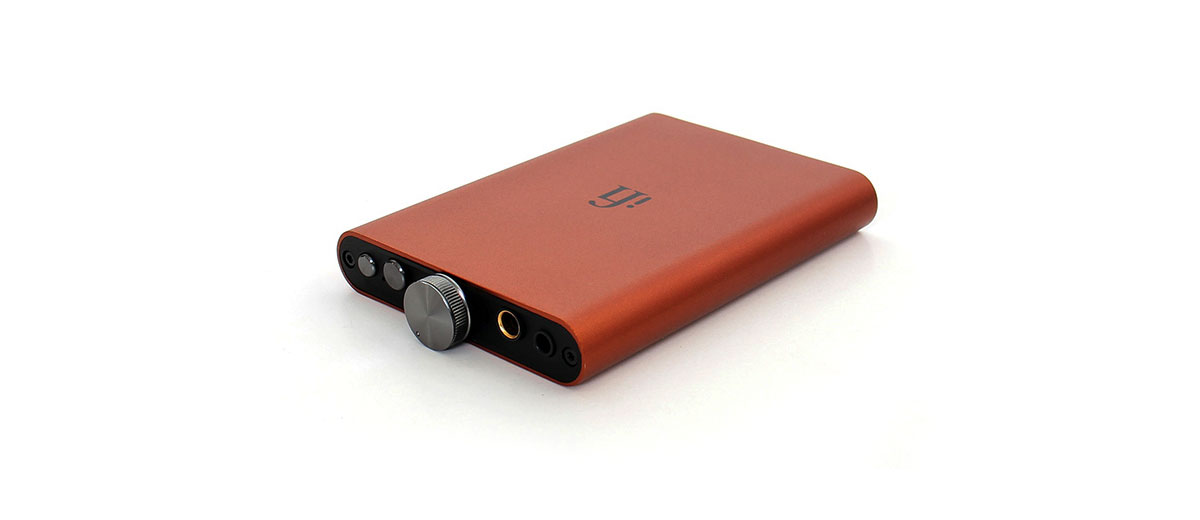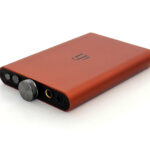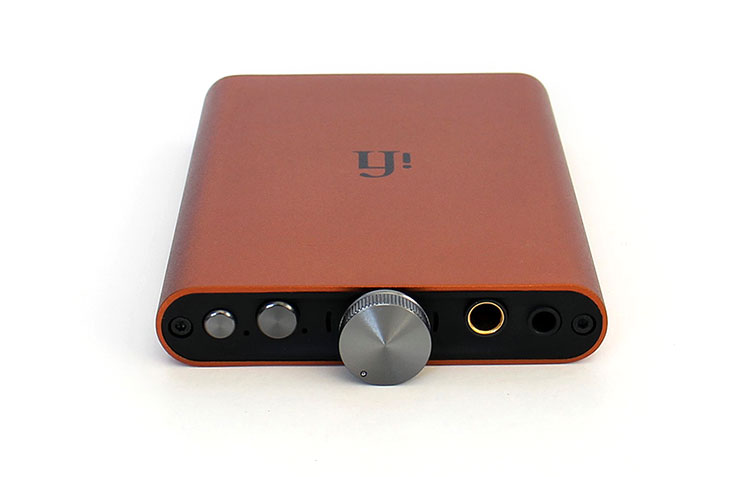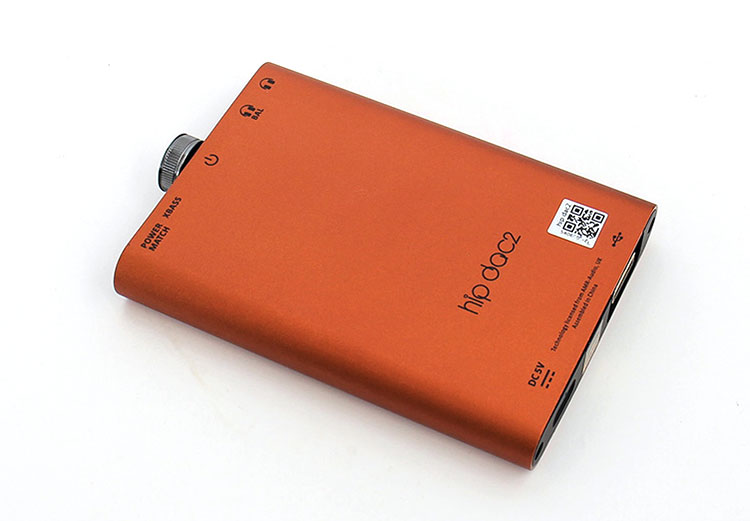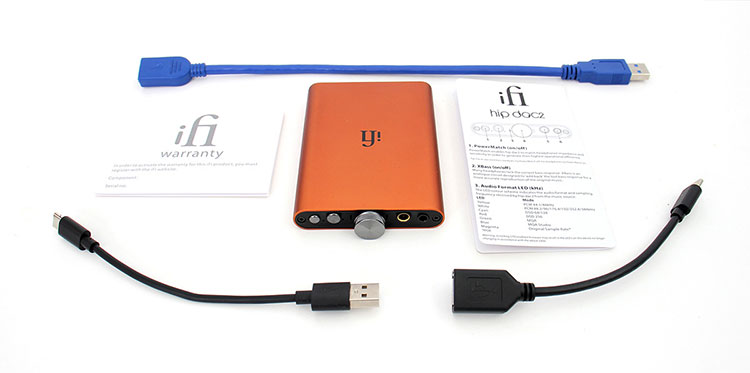The iFi Audio hip-dac2 is a 2nd-gen portable DAC and amp featuring a new 16-core XMOS chip, MQA, and up to 400mW@32Ω. It is priced at $189.
Disclaimer: The iFi Audio hip-dac2 sent to us for the purposes of this review is a sample in exchange for our honest opinion. Thank you to iFi Audio for giving us this opportunity.
You can read more about iFi Audio products we reviewed on Headfonics by clicking here.
Note, this 2-page review follows our new scoring guidelines for 2021 which you can read up on here.
The iFi Audio hip-dac has been a big seller and a very popular piece of gear since it was released but knowing iFi they never leave well enough alone for certain and here is another perfect example of that.
Although this practice seems risky business iFi has been very successful at it. It’s risky because if a company has particular items that sell like hotcakes the last thing they want to do is change something about it mistakenly and lose their original customer faith base. That is bad business.
However, iFi somehow manages to pull it off time and time again. They did it with the ZEN DAC. They’ve done it many times with their iDSD line and other iFi gear has been through many revisions with success as well.
Well, the trend continues and this time iFi released the second version of their very popular hip-dac with a couple of significant upgrades incorporated into its circuitry.
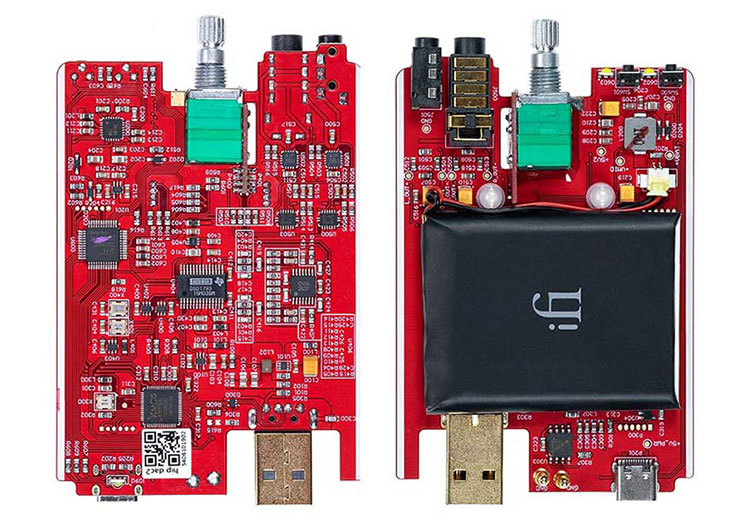
Tech Highlights
This time around iFi decided to ditch the older 8-core XMOS processor and upgraded the hip-dac2 with a 16 core XMOS processor giving the hip-dac2 double the processing power capability.
On the output end, iFi kept the same Burr-Brown custom OV series chips which allowed iFi to retain that familiar warm iFi house sound signature and iFi incorporated the same dual amplification circuitry inside the hip-dac2 similar to the first version.
Along with the processor upgrade, the Global Master Timing crystal clock in the DAC section has also been overhauled to keep everything nice and tight and all this in combination with a couple of other nuances turned the hip-dac2 into something considerably more formidable than what it was if you compare it to the first hip-dac.
Internal Hardware
The hip-dac2 is a small device but it packs a lot of components that help keep it sounding the best it can like TDK capacitors COG class capacitors and low noise Texas Instruments power supply ICs to feed that XMOS 16 core system clean and stable power.
The Burr-Brown chips and amplifier section is the same balanced differential design that keeps crosstalk to a minimum and allows iFi to squeeze lots of clean power from a small circuit board.
I’m also happy to see Xbass was kept from the first hip-dac since I consider it to be one of the best bass boosts out there and most of my preferred cans, mostly planar magnetic cans love this feature.
It sort of completes them by supplying an extra boost where they need it most which boosts the area around that 80 Hz or below frequency range tastefully restoring sub frequencies. What keeps me scratching my head is that it’s done on an analog level. How is it done? I have no idea.
Codecs
Here is where things get interesting. Because the hip-dac2 16-core XMOS processor allows for full three-fold MQA decoding instead of the previous 2 fold stage along with hardware rendered PCM and DSD plus DXD.
Bit rates have not gone up however and remain the same from the first Hip-dac. DSD is capable of up to 256, PCM up to 384 same as DXD which is similar to PCM but it differs in that it runs at higher sampling rates.
Although the numbers stay the same, the end result is a more effortless decoding process, better synchronizing ability and everything just sounds cleaner overall. To me, the transient response has the greatest improvement sonically speaking.
There are some RGB LEDs on both sides of the volume knob and upfront which depends on what firmware you have installed with an indication of what format is being fed to the hip-dac2.
Performance Numbers
Again, the concept of redesigning the hip-dac was to clean things up in my view because the specifications from the first hip-dac have not changed including the power output numbers. I could honestly copy and paste one or the other’s list of specifications and you will never be able to tell the difference or which one it belongs to.
Off the balanced 4.4mm you get the same 400mW at 32Ω and 280mW off the S balanced 3.5mm jack, 6.3 volts at 600 ohms, and 3.2 max off the single-ended side. The numbers don’t sound like much but to me, it seems these numbers are conservatively underrated.
Design
The overall design stayed the same but this time the blue of the original is changed to what iFi calls a Sunset Orange colored finish. The unit itself weighs in at 125 grams, the same as the first hip-dac and button placement is also the same. Size is also identical.
As a matter of fact, the entire package is identical except for the color scheme. They both share the same input port and outputs and they’re all placed in the same position with the same identical amount of features.
Even the volume knob seems to be the same which doubles up as an on or off switch. Channel imbalance is not too bad on this one I must say. The channel imbalance was basically gone a few notches over the bottom position and with full-sized headphones, it’s almost nonexistent.
Next to the Xbass button, there’s a 2-step gain switch that incorporates the iFi Power Match design that works at the resistance level and does not fiddle with the gain which can degrade the quality of the incoming music source.
I/O
On the rear panel, everything seems the same as the first hip-dac and iFi kept the infamous sunken full-size USB male connection for its only input source. Side by side to that port sits a second USB but it’s a type C and is used for exclusively charging the unit.
Now I might be wrong but I would assume the second USB-C connector could also double up as a charging port but I guess iFi had its reasons for separating power from the signal source port.
Actually, the internal battery is not just there for portability but it also acts as a filter, and all the charging circuitry is isolated from the main circuitry to prevent noise and interference by avoiding voltage converting circuitry mingled in with the main circuit board.
The front panel has a 4.4 Pentaconn balanced output with a second 3.5mm which internally assimilates a balanced port with what IFi calls S balanced circuitry.
This design does better with crosstalk compared to single-ended output ports. I could also conveniently get a 3.5mm SE TRS equipped IEM same as a balanced 3.5mm TRRS to work just fine on this port which is a nice feature to have.
Battery life
Battery power in a portable use scenario seems adequate and lasts around the same amount of time as the first hip-dac. The internal non-replaceable 2200mAh Lithium Polymer battery is rated to last 8 hours but it did not go that far out for me personally.
Perhaps if you use the most efficient IEM out there and listen in at a very low volume level most likely battery duration will improve and get closer to that 8-hour max listed duration. I guess it all depends not so much on the wattage but the voltage output.
So in a nutshell, if you use full-sized planar headphones at loud listening levels expect to get at least a full 3 hours or a bit more but with a sensitive IEM, that time could go up to perhaps close to 7 hours of use.
Packaging & Accessories
The hip-dac2 packaging is almost identical as well but some of the wires vary in the plug ends and their texture which is not a big deal at all. These wires do what they were meant to do just fine and seem good enough quality.
One thing to note is that there is no Apple wire of any type included in the box so you will probably have to outsource that from either iFi and get an iFi OTG set or the Lightning cable from elsewhere.
You do get a cable for Android with a type C connector and a female full-sized USB connector, another one that terminates in a male USB which is used for charging the unit, and the full to full-size USB for PC use or MAC as well but it’s rather short and will not reach around to some full-sized under desk PC mounting locations
The other couple of items that come inside the familiar-looking box are an instruction pamphlet and a warranty card and yes, iFi still uses smiley face stickers as a thank you reminder which is a nice touch.
Click on page 2 below for sound impressions and select comparisons

